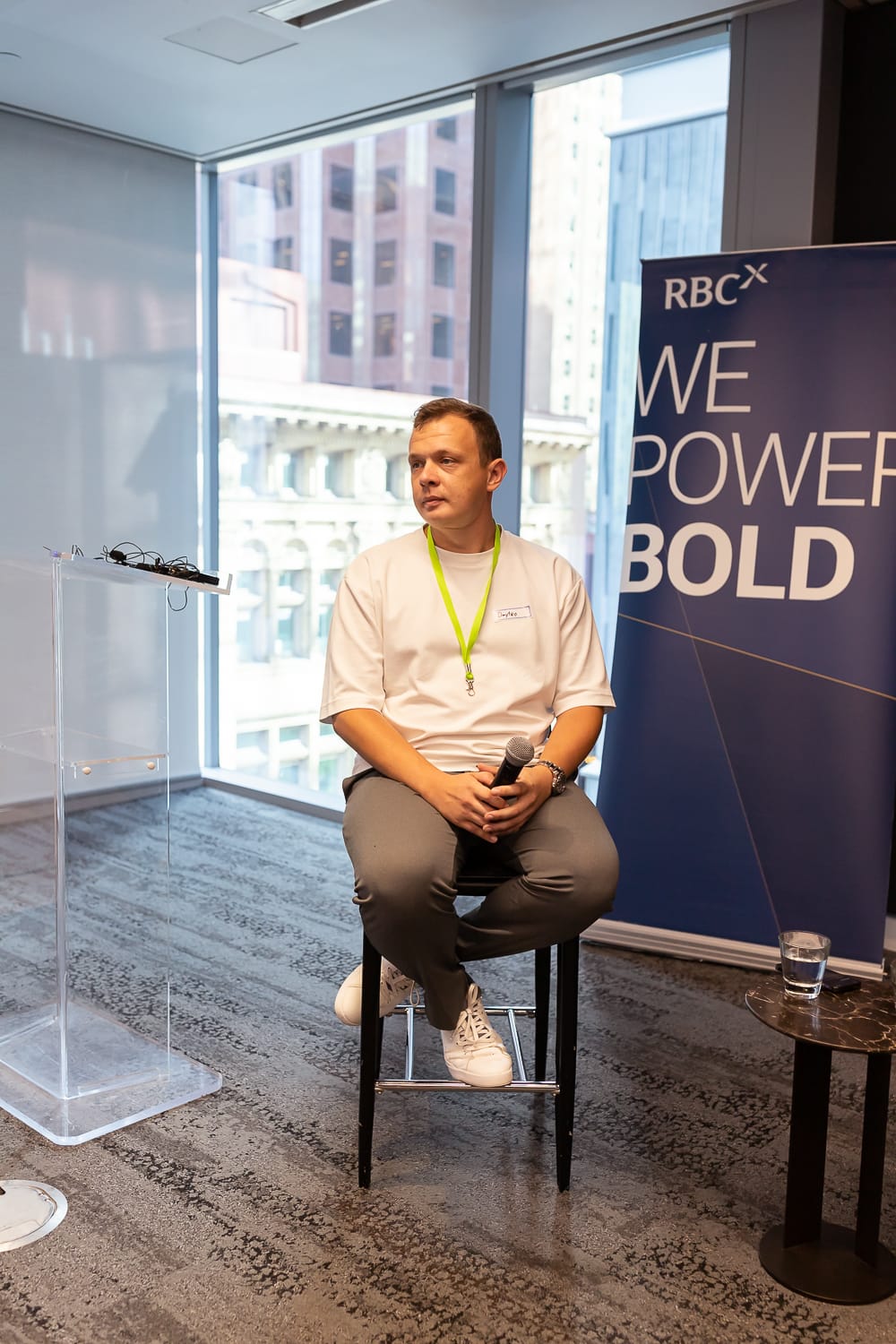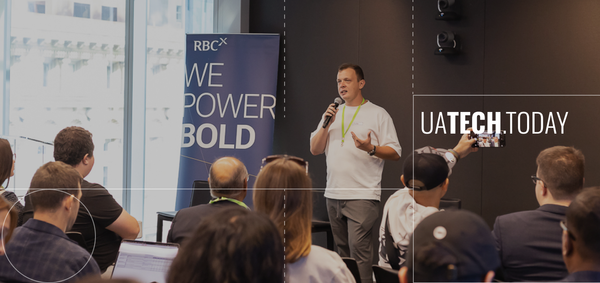Hello, UATech readers!
I’m Dmytro Grechko, the founder and CEO of Deskree, a platform that simplifies cloud infrastructure and helps you focus on building your product. Throughout my career, I’ve worked on hundreds of tech products, collaborating with businesses of all sizes—from nimble startups to global enterprises.
My expertise lies in scaling technical products, mastering cloud infrastructure, and driving software development that stands the test of growth. Over the last 10 years, I’ve had the privilege of navigating the exhilarating—and sometimes chaotic—journey of building and scaling tech solutions. From bootstrapping early ideas to leading a growing team, I’ve learned a thing or two about what it takes to turn a vision into a thriving product. In this column, I’ll share practical insights on product development, covering everything from managing technical debt to picking the right tools and optimizing your tech stack as your company evolves.
My goal? To help you build smarter, faster, and more sustainably.
Let’s dive into my first piece—hope it sparks some ideas for your own journey!
Fast But Fragile: How to Keep Your Product Intact While Scaling
Speed is the lifeblood of any startup. The quicker you ship, the faster you learn what works, and the sharper your product becomes. But there’s a catch: push too hard, too fast, and speed turns into fragility. Suddenly, new features take ages to roll out, bugs multiply like rabbits, and your once-nimble engineering team is bogged down fixing yesterday’s rushed decisions. If this hits close to home, you’re not alone—it’s a rite of passage for scaling companies. I saw this advising an AI startup: they rushed their MVP with under-engineered hacks to dazzle investors, but when their first users jumped onboard, the system buckled under load. They spent weeks rebuilding, losing most of those early adopters to attrition. This issue is extremely common among early stage startups, and it only gets trickier as a company scales, because the more users you have and the larger the system gets, the harder it becomes to untangle the mounting technical debt. For startups riding the wave of rapid growth, tackling this early is critical to staying afloat.

The “We’ll Fix It Later” Trap
Let’s be real: technical debt happens. You’re racing to launch, and perfect code takes a backseat to progress. The problem isn’t the debt itself—it’s the mindset that you’ll magically tidy it up down the road. Spoiler: that road gets bumpier. Those quick fixes pile up, turning your codebase into a maze. New hires stumble trying to make sense of it, development slows to a crawl, and your infrastructure groans under the strain of past shortcuts. I’ve been there, and it’s not pretty.
Striking the Speed-Sustainability Balance
The good news? You don’t have to choose between moving fast and building something that lasts. Here’s how to keep both in play:
- Automate Early and Often: Manual tasks—deployments, testing, monitoring—are silent killers as you scale. Get them automated from the start with tools like GitHub Actions for CI/CD, Terraform for infrastructure, Grafana for monitoring and observability, or Vercel for seamless deployments, and you’ll save yourself a world of pain when growth kicks in. Stay tuned for a deeper dive into the best developer tools in a future piece!
- Go Modular Out of the Gate: A monolith might feel fast at first, but it’s a nightmare to scale. Break your architecture into bite-sized, modular pieces—think micro or nanoservices—so you can grow one part without upending the rest.
- Tackle Debt in Real Time: Don’t kick the can down the road. Carve out time in every sprint to clean up code and set ground rules for when the debt needs attention. It’s like brushing your teeth—do it regularly, or you’ll regret it. But what if you’re already staring down a mountain of existing technical debt? First, audit what you’ve got—pinpoint the messiest areas dragging down performance or slowing development, like outdated libraries or tangled dependencies. Next, prioritize: focus on debt that’s blocking critical features or risking outages over less urgent cleanup. Break it into manageable chunks—say, refactoring one module per sprint—and track progress with metrics like reduced error rates or faster build times. If the backlog’s overwhelming, consider a dedicated “debt sprint” every quarter to knock out big pieces, but don’t let it derail new development. The key is steady, deliberate progress over hoping for a miracle fix.
- Bring On Forward-Thinking Engineers: Speedy coders are great, but the real gems are engineers who weigh trade-offs and build with tomorrow in mind. Hire for that mindset. The key is finding those who strike a balance between under-engineering—rushing out brittle fixes—and over-engineering—building bloated systems for hypothetical futures. This sweet spot ensures speedy development that doesn’t sacrifice scalability, delivering features fast while keeping the product lean and adaptable.
The Takeaway
Speed matters, no question. But if you let it run wild, you’re building on quicksand. The companies that win aren’t just the fastest out of the gate—they’re the ones that scale without snapping. By tackling technical debt head-on, designing for growth, and fostering a team that thinks long-term, you can keep the pedal down without wrecking the engine.
What’s your experience with this balancing act? I’d love to hear how you’ve dodged—or wrestled with—these traps. Stay tuned for our next piece!
by Dmytro Grechko - Product Development Editor
Dmytro Grechko is a seasoned entrepreneur, engineer, and innovator with a deep-rooted passion for simplifying complex technological challenges. His approach to building startups centers around efficient product development and rapid scaling. With over 10 years of experience in software development, he has played a pivotal role in building hundreds of tech products, helping startups and enterprises bring their ideas to market faster and more efficiently. Dmytro actively supports the startup ecosystem, acting as an advisor at multiple startups and speaking at industry conferences about the future of cloud automation, backend development, and AI-driven infrastructure.
As the founder and CEO of Deskree, Dmytro leads a company that streamlines infrastructure management for developers, empowering them to build scalable applications without deep DevOps knowledge. Deskree enables teams to accelerate feature delivery through containerized, single-responsibility services, abstracting backend complexities and allowing for seamless cloud-native development.



